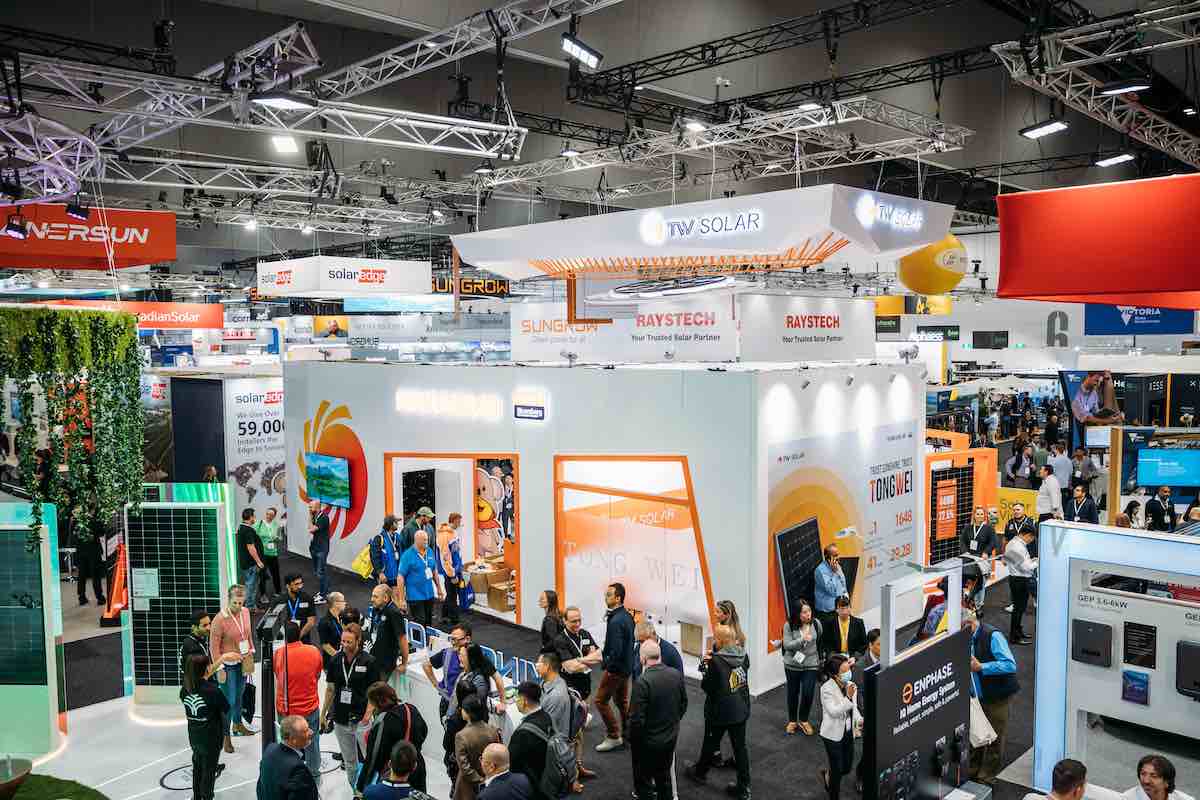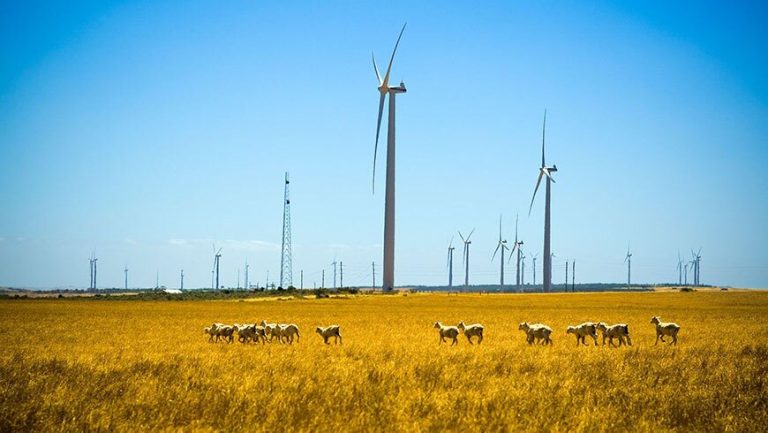New 24/7 Solar Battery Project Joins EPBC Queue
Plans are underway for a 141 megawatt solar farm, complete with up to four hours of battery energy storage, to be developed near Forbes in central western New South Wales. This project has now entered the federal environmental assessment process.
The Forbes Solar Farm is a collaborative effort between Ace Power and Osaka Gas Australia, located approximately 11 km from the township of Forbes and about 378 km west of Sydney. Documentation submitted for assessment under the federal EPBC Act indicates that the solar farm is designed to operate continuously, generating energy from both the solar panels and the 480 megawatt-hour (MWh) battery, which will charge and discharge throughout the day and potentially at night.
Innovative Energy Storage Solutions
Australia’s largest operational solar hybrid facility, situated in Cunderdin, Western Australia, has successfully utilised its storage capabilities to manage energy output during peak evening hours, also supplying power to the grid overnight, albeit at reduced levels.
The proposed site for the Forbes project consists of several fenced paddocks, historically used for sheep grazing and extensively cultivated with non-native grasses and other crops. Ace Power is actively pursuing numerous projects across Australia, encompassing solar, wind, battery storage, and various combinations of these technologies.
Recently, the company has added a 450 MW, 1,800 MWh battery project to the EPBC queue, which is planned to be located approximately 700 metres from the Tumut 3 Power Station. This would mark the first significant battery installation alongside the Snowy Hydro scheme in New South Wales.
In April, Ace Power received approval for two of its flagship battery energy storage system (BESS) projects in Queensland: the 900 MW / 3600 MWh Nebo BESS and the 500 MW / 2000 MWh Raglan BESS, both of which were cleared through the EPBC process.
Collaboration with Osaka Gas
The Forbes Solar Farm is part of a broader initiative established in 2023, known as Project Genesis, which involves a partnership with Osaka Gas to jointly develop a portfolio of photovoltaic (PV) and battery projects exceeding 500 MW in total capacity across New South Wales and Queensland.
Yo Otsuka, director of Osaka Gas Energy Oceania, expressed that this partnership signifies a renewed commitment to renewable energy investments, aligning with their vision for carbon neutrality and long-term goals related to e-methane.
Osaka Gas Australia operates as a wholly owned subsidiary of Osaka Gas, also referred to as Daigas Group, which stands as Japan’s second-largest gas utility and has a significant global footprint in the energy sector.
Green Gold Energy’s Solar Project Approved
In a separate development, the federal government has granted approval for a 108 megawatt solar farm paired with a 91 megawatt-hour battery system, located north of Adelaide in South Australia. The Morgan solar and battery project, proposed by Green Gold Energy, has been classified as “not a controlled action” by the federal environment minister, thus exempting it from a full assessment under the EPBC Act.
Green Gold Energy initially announced plans for this project in 2020, alongside another 185 megawatt project in Australia Plains, South Australia. The developer has been working on the preliminary stages of these projects for 18 months, engaging with local communities throughout the process.
The Morgan solar and battery project is set to be constructed on a 622-hectare site located approximately 8 km east of Morgan in the Stuart region of South Australia. The land has been secured by the project owner since 2022, and the solar and battery project received state development approval on July 11, 2024.
According to the EPBC referral documents, construction for the solar and battery project is anticipated to commence at the end of 2025, with plans for it to be operational by 2028. The project will connect to the grid via ElectraNet’s North West Substation.
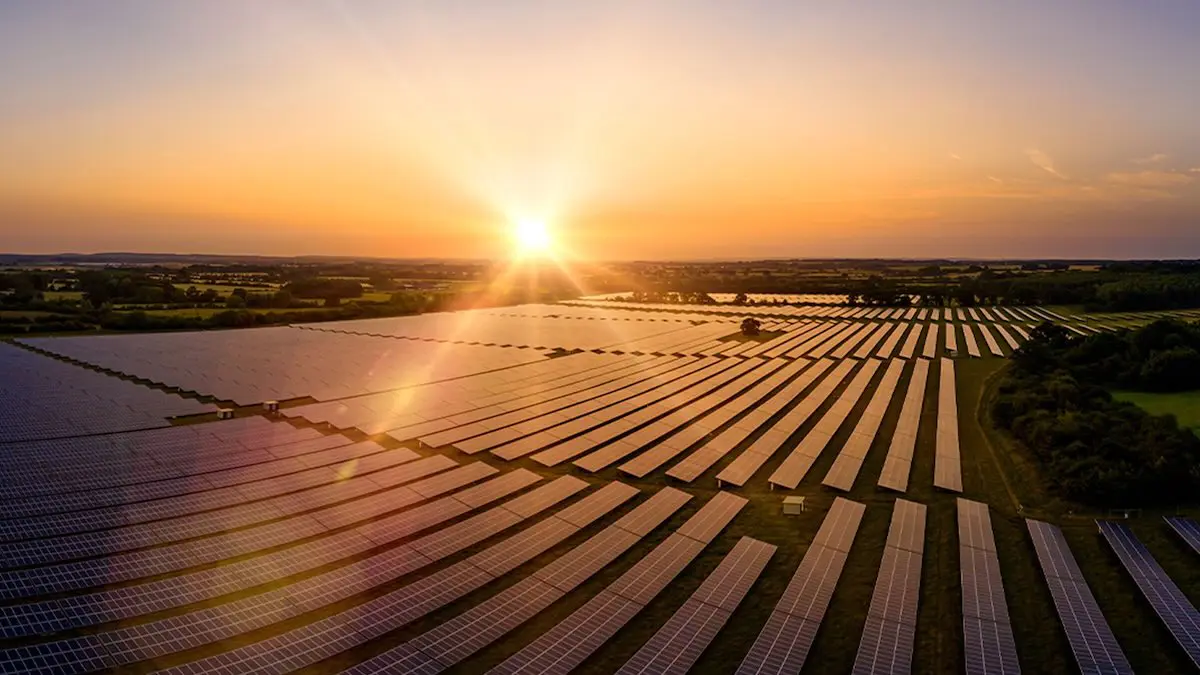
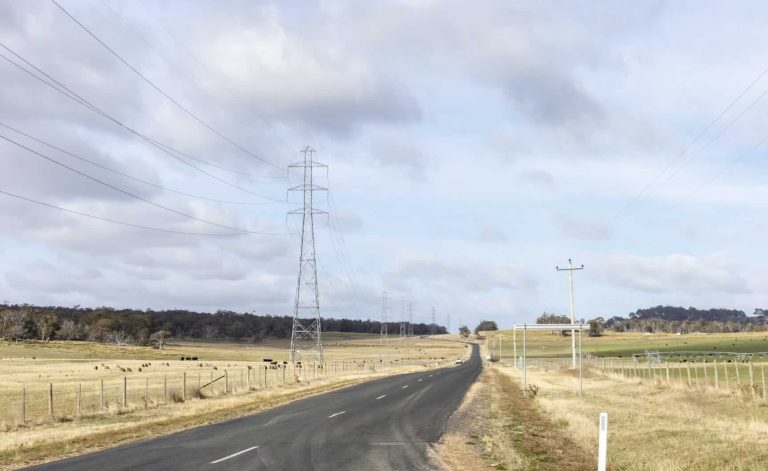
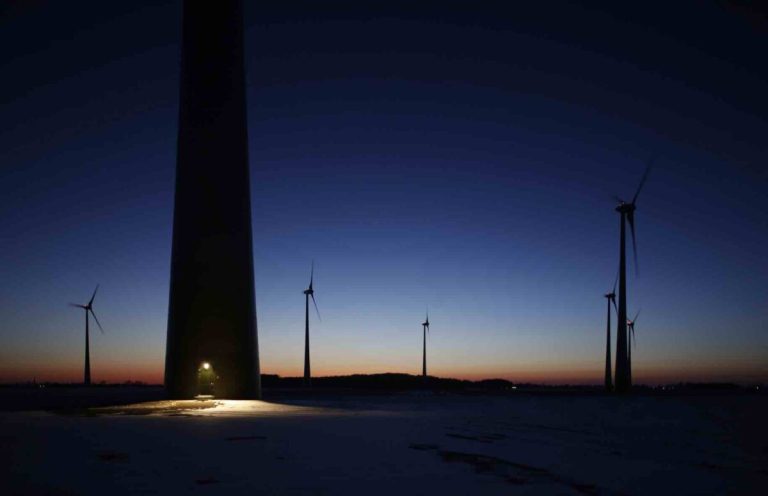
34-768x522.jpg)
10.jpg)
